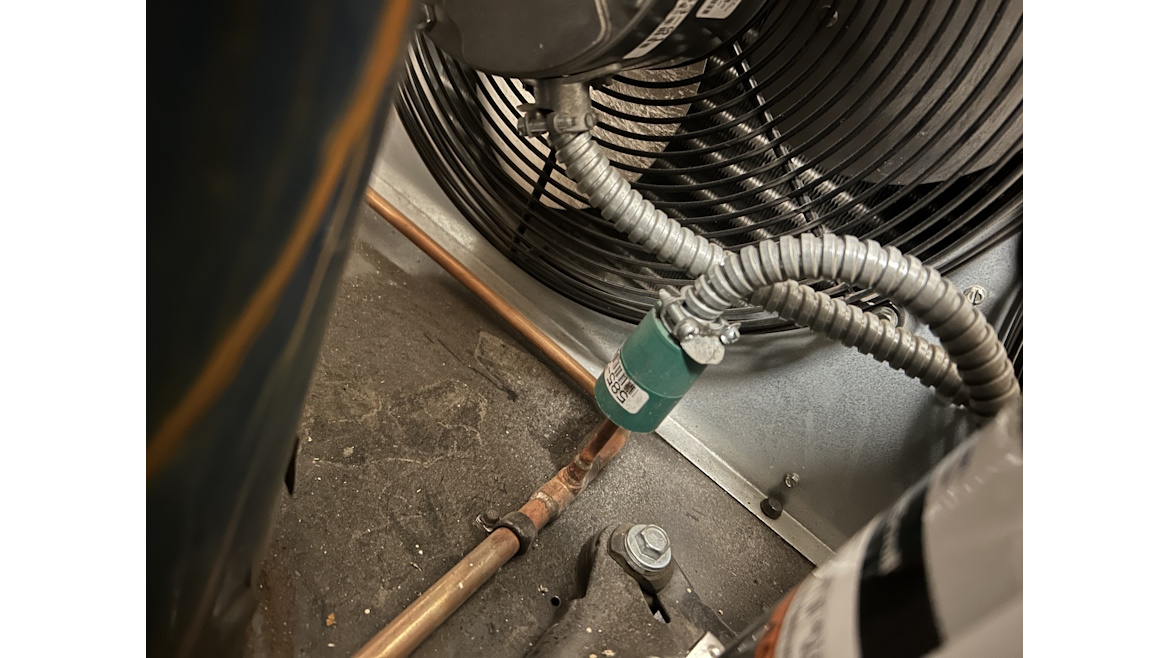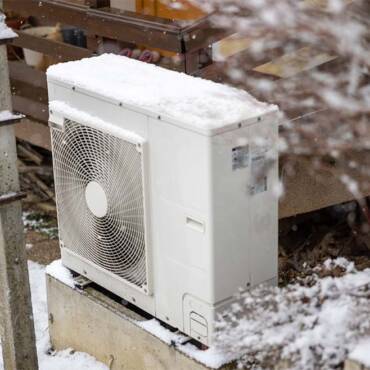Encapsulated pressure controls are becoming a very popular type of pressure control that can be used on new and existing refrigeration systems. They are compact and economical pressure controls that are available in a wide variety of non-adjustable cut-in and cut-out settings. Since they are non-adjustable, technicians will need to carry several in order to cover the variety of systems encountered in the field.
Being non-adjustable can be a disadvantage on older systems, where the flexibility to adjust the control setpoints might be necessary to make the system operational. However, on systems that will work with their fixed settings, their compactness and cost can be an advantage.
There are several variations of these controls. They can be purchased designed for low-pressure, high-pressure, or fan cycling control. The low-pressure and fan cycling controls are generally automatic reset types, while the high-pressure control can be ordered as either an automatic or manual reset type.
The controls can be used to directly control a load or used as a pilot control device. Always verify that the ampacity of the control can handle the amperage draw of its load, otherwise, the control could fail prematurely. If the pressure control cannot handle the load directly, an isolation relay can be used to allow it to control a load at a lower amperage draw.
There are two basic methods of connecting these switches to a system. A popular style incorporates a ¼-inch SAE female flare fitting with an integral Schrader valve depressor, so they can be replaced without recovering or isolating the refrigerant charge. This can be a major advantage when compared to the older style pressure controls. They are also available with a ¼-inch copper stub, so they can be brazed/soldered into a system. When replacing or adding an encapsulated pressure control with a ¼-inch SAE female flare fitting and integral Schrader valve depressor, it is a good practice to mark the system. That’s so the next technician on the job knows that the control has a Schrader valve and that the control can easily be removed from the system without recovering or isolating the refrigerant charge.
It is best to position these controls on the top side of the refrigerant lines. This reduces the possibility of sediment accumulating in the control. When installing these valves on the high side of a system with a reciprocating compressor, it is best to position them away from the compressor discharge to minimize the effects of pressure pulsation. Always double wrench when tightening, and do not overtighten the flare nuts on these controls, as this may damage the threads on the flare nuts or flare connectors, resulting in a refrigerant leak.
A failing pressure control may prevent its contacts from fully closing, leading to a voltage drop at the load, such as a contactor, which will then cause it to chatter and fail to close completely. This might not happen all the time, which can be quite frustrating as technicians attempt to troubleshoot a system problem. These pressure controls tend to be less reliable when compared to older-style controls, so the tradeoff for cost and ease of replacement can be reliability.
Whether you require installation, repair, or maintenance, our technicians will assist you with top-quality service at any time of the day or night. Take comfort in knowing your indoor air quality is the best it can be with MOE heating & cooling services Ontario's solution for heating, air conditioning, and ventilation that’s cooler than the rest.
Contact us to schedule a visit. Our qualified team of technicians, are always ready to help you and guide you for heating and cooling issues. Weather you want to replace an old furnace or install a brand new air conditioner, we are here to help you. Our main office is at Kitchener but we can service most of Ontario's cities
Source link



